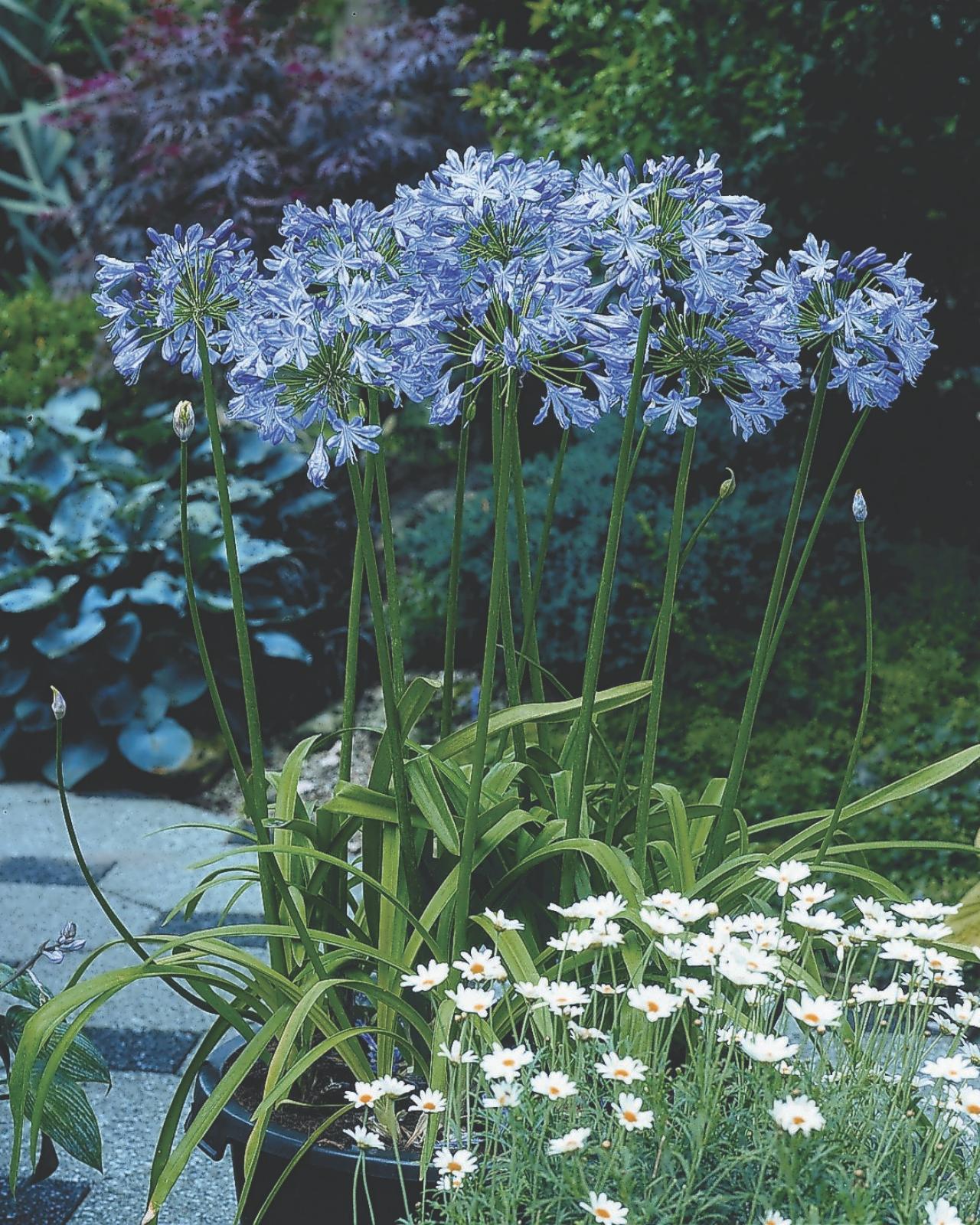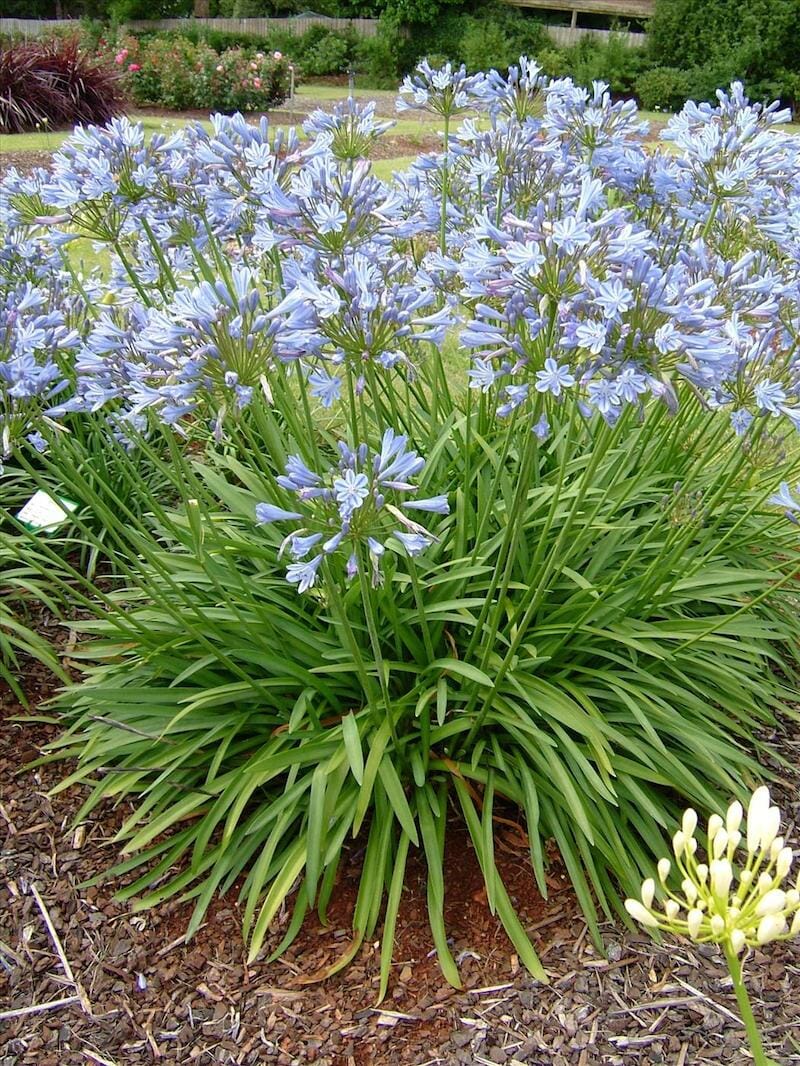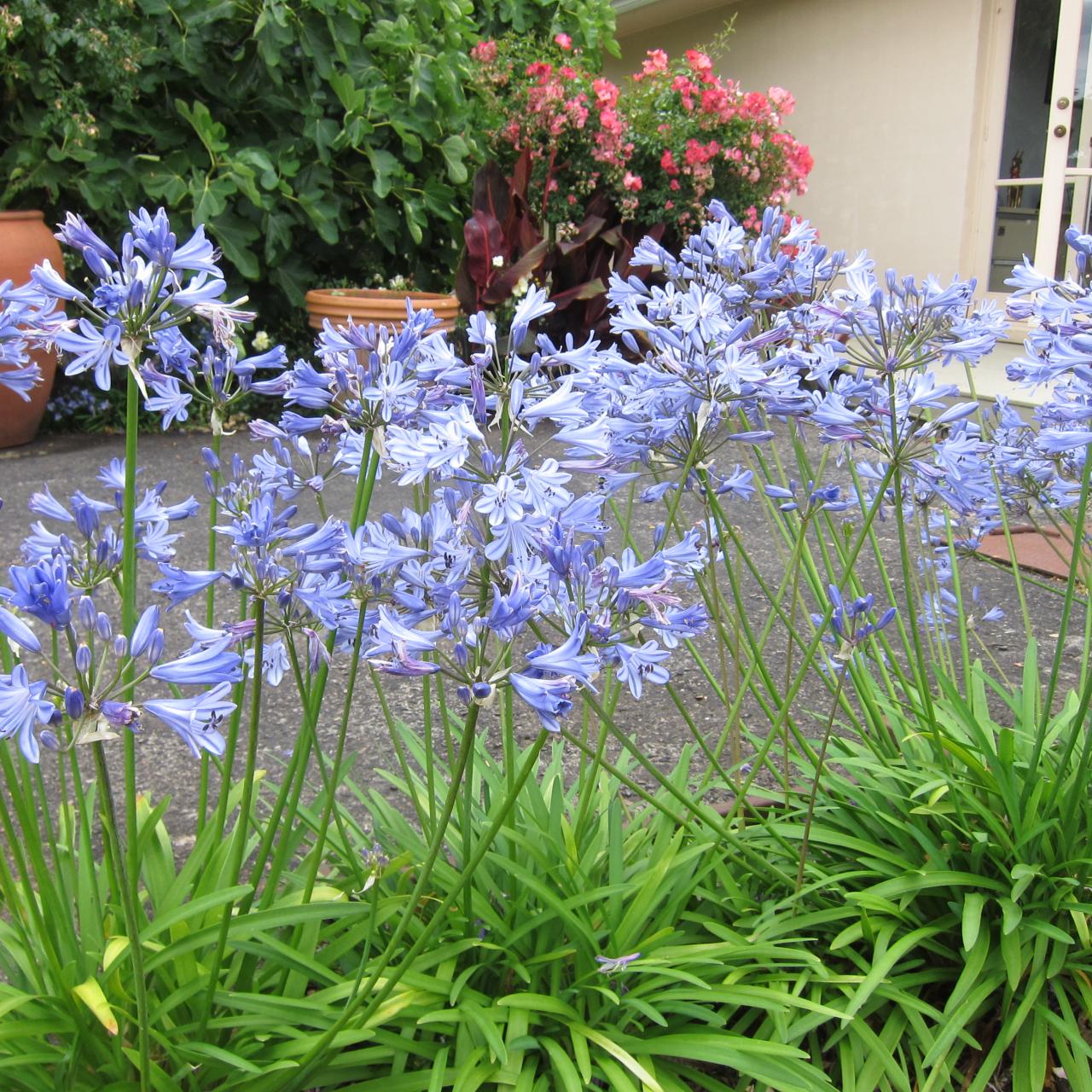Agapanthus Propagation: Tips for Expanding Your Plant Collection
Agapanthus Propagation: Tips for Expanding Your Plant Collection
Blog Article
Releasing the Secret to Effective Agapanthus Cultivation: Advice for a Flourishing Garden
In the realm of horticulture, growing agapanthus effectively requires a calculated approach that includes different facets of plant care. By understanding the subtleties of agapanthus cultivation, one can produce a setting where these plants prosper and flower perfectly.
Planting Agapanthus: Ideal Practices
When growing Agapanthus, appropriate dirt prep work is crucial for guaranteeing effective development and growth of these beautiful flowers. Agapanthus, frequently called Lily of the Nile or African lily, prospers in well-draining soil with a slightly acidic to neutral pH degree - Agapanthus. Before planting, it is vital to amend heavy clay soils with natural matter such as garden compost or peat moss to enhance drain and provide crucial nutrients for the plants
To grow Agapanthus, pick an area that obtains complete sunlight to partial shade, as this will promote healthy growth and abundant flowering. Dig an opening two times the diameter of the plant's origin sphere and place the Agapanthus at the exact same depth it was formerly expanding. Carefully backfill the opening with dirt, pushing down firmly to eliminate any kind of air pockets around the roots.
Water the newly grown Agapanthus thoroughly and continue to maintain the soil evenly damp, particularly during the plant's energetic expanding period. Agapanthus. Using a well balanced fertilizer once a month can further support the plant's development and blooming. By following these ideal practices for growing Agapanthus, you can create a stunning display screen of these exciting flowers in your garden
Perfect Soil Issues for Agapanthus
For optimum development and flowering success of Agapanthus plants, guaranteeing the dirt problems are optimal is vital. Agapanthus flourishes in well-draining dirt with a somewhat acidic to neutral pH level ranging from 6.0 to 7.0. This kind of soil enables ample water drainage, avoiding waterlogging which can lead to root rot. To enhance dirt water drainage, consider adding raw material such as garden compost or peat moss when preparing the planting site. Moreover, Agapanthus favors dirt that is abundant in nutrients, so incorporating a well balanced plant food during the expanding period can advertise healthy and balanced development and lively blossoms.

Watering and Feeding Tips
To make certain healthy growth and vivid blossoms, proper watering and fertilizing strategies are essential for successful Agapanthus farming. Agapanthus plants profit from normal watering, especially throughout the expanding season. It is recommended to water deeply when a week, making sure the dirt is moist however not saturated. During heat or in pots, more frequent watering might be required to avoid the soil from drying totally.
When it pertains to fertilizing Agapanthus, a well balanced more plant food with equal components nitrogen, phosphorus, and potassium can be used in the springtime to advertise healthy development and blooming. Slow-release Get the facts fertilizers are perfect for giving nutrients progressively over a prolonged duration. Prevent over-fertilizing, as this can lead to too much foliage development at the expense of flowers.
Additionally, incorporating organic issue like garden compost right into the dirt can improve nutrient levels and enhance dirt structure, aiding in the general health of the Agapanthus plants. By complying with these watering and fertilizing tips, garden enthusiasts can ensure their Agapanthus plants prosper and create stunning display screens of flowers.
Trimming and Deadheading Methods
Proper trimming and deadheading strategies play an essential role in maintaining the health and aesthetic appeals of Agapanthus plants, enhancing the vital practices of watering and feeding for effective growing. Pruning Agapanthus involves removing invested blossom heads, dead or yellowing fallen leaves, and total shaping of the plant to advertise far better development. Deadheading, the process of getting rid of discolored blossoms, not only improves the plant's appearance but also motivates further blooming.
When deadheading Agapanthus, it is a good idea to trim off the flower stem at the base making use of sharp, clean shears. This process redirects the plant's energy from seed production back right into root and vegetation development, advertising a healthier and a lot more robust plant. Regular deadheading can expand the flowering period of Agapanthus and protect against self-seeding, which can result in congestion.
In regards to pruning, Agapanthus normally benefits from a light trim after blossoming to clean up the plant and motivate fresh development. Cutting down the invested blossom stems and removing any dead or damaged foliage helps preserve the plant's vigor and total look. Nonetheless, it is important to avoid cutting right into the crown of the plant, as this can compromise its health and wellness.

Protecting Agapanthus From Vermins and Diseases
Implementing reliable parasite and illness administration strategies is crucial to safeguarding the wellness address and vitality of Agapanthus plants in growing. One common bug that affects Agapanthus is the Agapanthus borer, a caterpillar that tunnels into the plant, triggering damages to the fallen leaves and flowers.
In enhancement to bugs, Agapanthus are prone to illness such as origin rot and fungal fallen leave places. By staying alert and resolving pest and illness concerns immediately, garden enthusiasts can assist their Agapanthus prosper and thrive.

Conclusion
To conclude, effective growing of agapanthus requires proper planting strategies, ideal soil problems, sufficient watering and feeding, regular pruning and deadheading, and defense from conditions and bugs. By adhering to these tricks and tips, gardeners can make sure a flourishing yard loaded with lovely agapanthus blossoms. Agapanthus. Keep in mind to maintain consistent care and attention to information to promote the health and wellness and durability of these magnificent plants
When growing Agapanthus, appropriate soil preparation is essential for making certain successful growth and growth of these stunning flowers.Water the newly grown Agapanthus completely and continue to maintain the dirt uniformly damp, especially during the plant's active expanding season.For ideal development and growing success of Agapanthus plants, making sure the soil problems are perfect is vital. When growing or hair transplanting Agapanthus, make sure the dirt is well-prepared to give the necessary foundation for the plants to develop themselves efficiently. One usual parasite that influences Agapanthus is the Agapanthus borer, a caterpillar that passages right into the plant, triggering damages to the flowers and leaves.
Report this page